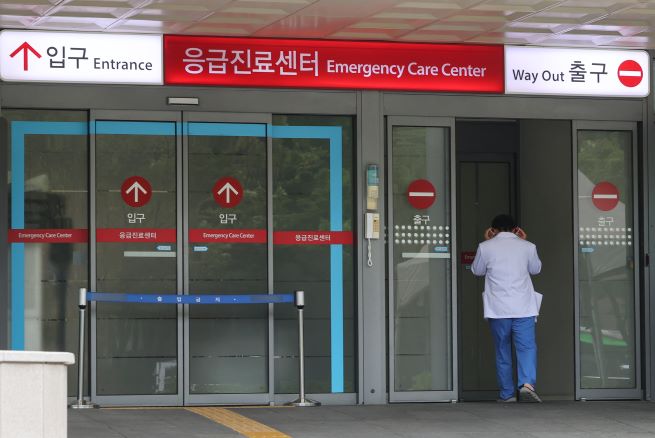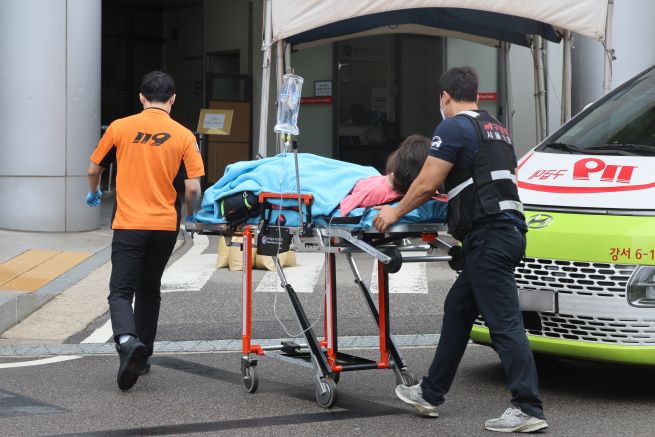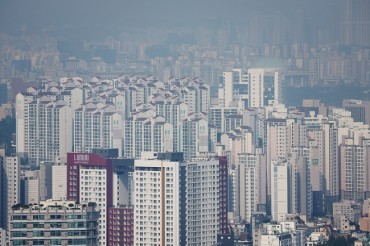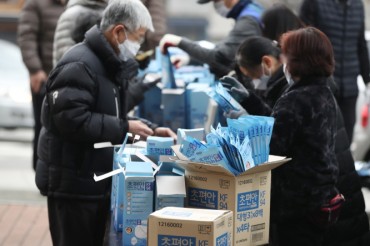SEOUL, Sept. 8 (Korea Bizwire) – The number of emergency care centers in full operation has fallen markedly over the past week as hospitals are experiencing a serious staff shortage amid the prolonged standoff between the government and trainee doctors over the state medical reform plan, officials said Sunday.
A total of 88 out of 180 major hospital emergency rooms in South Korea were able to provide medical treatments and other services to emergency and seriously ill patients suffering 27 kinds of illnesses as of Thursday, down from 109 in the first week of February, according to the data by the health ministry.
The figure, particularly, fell sharply from 102 on Aug. 29, deepening concerns over further disruptions of the national emergency care system during the upcoming Chuseok holiday.
Several hospitals have shortened the operation hours of emergency rooms after suffering from medical staff shortages as a majority of the country’s junior doctors have left their workplaces since February in protest of the government’s drastic increase in the medical school admissions quota.
In response, the government has sent military and public doctors to short-staffed hospitals. But such measures are far from addressing the situation, according to doctors and hospital officials.
The number of emergency centers that are able to carry out an emergency bronchoscopy for adults sank 45 percent to 60 last week from 109 in February. Compared with a week earlier, the figure dipped 40 percent.
Hospitals that provide treatments for major burns also fell from 44 in February to 38 as of end-August and further to 28 last week.
“The government is considering bearing the labor costs of doctors at emergency rooms, among other various options,” a ministry official said.
As part of the medical system reform, the Yoon Suk Yeol administration has vowed to increase the medical school admissions quota by 2,000 seats per year over the next five years or so to address a shortage of doctors.
Doctors claim that medical schools will not be able to handle the increased enrollment, which will compromise the quality of medical education and ultimately the country’s medical services.
Last week, the government and the ruling People Power Party have proposed the establishment of a joint consultative body involving the rival parties, the government and the medical community to seek a breakthrough, saying that they are ready to revise the plan on the medical school quota for 2026 if the medical community presents a “reasonable” option.
Doctors and medical professors remain cautious as the government has not made any official suggestions, while stressing that trainee doctors would not return to work unless the government revisits the quota hike plan for 2025.
In June, the government already finalized a hike of some 1,500 students for next year, and procedures for college entrance have been under way.
(Yonhap)








